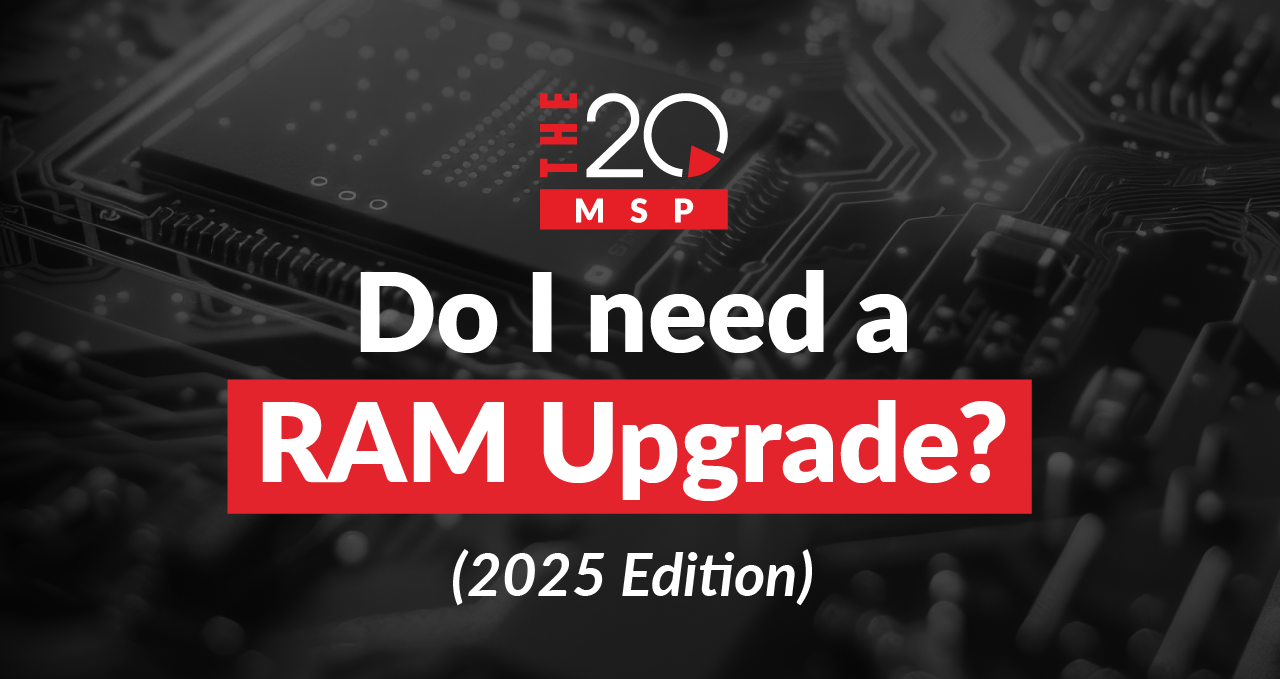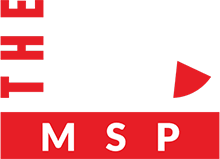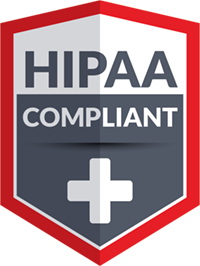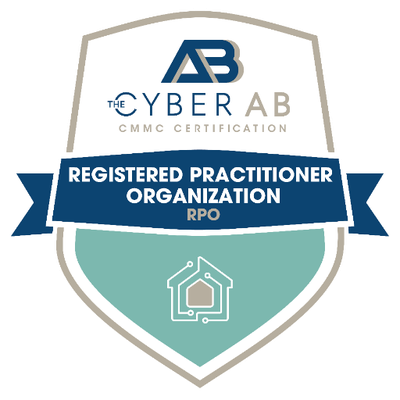
Do I Need a RAM Upgrade? (2025 Edition)
It’s a question you should ask whenever you’re considering a new laptop or upgrading your current one. Overlooking your RAM can lead to seriously disappointing performance in your new machine.
Whether you’re a casual internet user or a multitasker, we’ll cover the different RAM configurations, from 4GB to 64GB, and help you determine which best suits your needs.
Let’s start by addressing a few key questions…
What is RAM, and Why Does It Matter?
Random access memory (RAM) is your computer’s short-term memory. It temporarily stores and processes the information your system needs to run active applications and tasks. Think of RAM as your digital workbench – the bigger it is, the more projects (or programs) you can keep open without slowing down.
Why Is RAM Important?
If you’ve ever experienced slowdowns while switching between apps, freezing during video editing, or delays while opening large spreadsheets, chances are you’re running low on RAM. A system with too little memory struggles to juggle multiple tasks efficiently, leading to lag and crashes.
In simple terms, the more RAM you have, the better your computer can handle multitasking and demanding applications.
How Can I Tell if I Need More RAM?
Wondering if it’s time for an upgrade? Here are signs to watch for:
- Slow response times when opening and switching between apps.
- Typing lags significantly.
- Programs frequently crash.
- Spreadsheets slow down your system.
- You receive low-memory alerts (e.g., using 80% or more of your memory).
- Pages partially load or experience display issues.
- You encounter the dreaded blue screen of death.
If you have any questions, don’t hesitate to reach out to your IT department or managed service provider (MSP). Trusted experts can help determine your RAM needs and guide you in the right direction. It’s certainly something we help our clients with here at The 20 MSP, as we know what a difference having the right (or wrong) machine makes.
How to Check Your Current RAM
Before upgrading, you’ll want to check how much RAM your system currently has. Here’s how:
On Windows 10/11
- Search for and click on About your PC in the Windows search box.
- In the Device Specifications section, your RAM will be displayed next to Installed Ram.
On MacOS
- Open the Apple menu and select About This Mac.
- Your RAM will be listed next to Memory.
How Much RAM Do I Need?
Choosing the right RAM for configuration depends on how you use your computer. Let’s break down the most common RAM sizes and what each one offers.
RAM Upgrade 4GB – The Bare Minimum
4GB is the lowest configuration you’ll find in most modern computers. While it’s enough for very basic tasks – like web browsing, email, and word processing – even these simple activities can feel sluggish.
Best for: Basic tasks with minimal multitasking.
Price range: $500 – $700 for laptops.
Our recommendation: Avoid 4GB if possible. It’s likely to leave you frustrated, even with light usage.
RAM Upgrade 8GB – The Basic Standard
8GB of RAM was once the standard, and it’s still enough for light multitasking, web browsing, and basic office work. You can stream content, run a few browser tabs, and work on documents without major slowdowns. However, if you’re using demanding software or doing more than just browsing, 8GB may feel limited.
Best for: Casual users, students, and general office work.
Price range: $700 – $1,000 for laptops.
Our recommendation: 8GB is fine for everyday tasks, but it may not keep up with heavier workloads.
RAM Upgrade 16GB – The Sweet Spot for Most Users
For most users, 16GB is the answer. This amount of memory can handle serious multitasking, running multiple apps, and even light gaming or photo editing. It’s also great for future-proofing your system.
Best for: Professionals, content creators, and moderate gaming.
Price range: $1,200 – $2,000 for high-performance laptops.
Our recommendation: If you work with large files, multitask frequently, or want to extend the life of your system, go for 16GB
RAM Upgrade 32GB – Power for Demanding Applications
If you work with resource-intensive applications like video editing, 3D rendering, virtual machines, or AI models, 32GB of RAM ensures smooth and stable performance. It’s perfect for professionals who need serious computing power.
Best for: Video editors, graphic designers, and advanced multitasking.
Price range: $2,600 – $4,600 for high-performance systems.
Our recommendation: 32GB is overkill for most users, but for power users, it’s worth the investment.
RAM Upgrade 64GB – For Extreme Power Users
64GB of RAM is the top-tier choice for those who require the ultimate computing power. Ideal for 4K/8K video editing, large-scale simulations, and high-end gaming, this configuration is built for extreme workloads.
Best for: AI developers, high-end video editors, and serious gamers.
Price range: $3,000+ for top-tier machines.
Our recommendation: Unless you’re working with resource-heavy tasks, 64GB is usually more than necessary.
A quick note: As mentioned earlier, always check with your IT department or outsourced IT provider before any purchase!
Can I Upgrade My RAM Later?
Absolutely! Many systems allow for RAM upgrades, making it easy to increase memory if your needs change. However, not all laptops or desktops support RAM upgrades, so it’s worth checking your device specifications beforehand.
Pro tip: If you’re unsure, contact your IT department or your local Managed Service Provider (MSP) for assistance. They can ensure compatibility and even install the RAM for you.
When a RAM Upgrade Isn’t Enough
Sometimes, even after increasing your RAM, performance issues can persist. Here’s why:
Aging Hardware: Older CPUs, slower storage drives, or outdated motherboards can bottleneck performance, preventing RAM from making a noticeable difference.
Software Bloat: Over time, unnecessary applications, background processes, and bloated startup programs can hog system resources, leading to sluggishness.
Thermal Throttling: Excessive heat can force your computer to throttle performance, making your system slower regardless of available RAM.
Storage Limitations: If your system is relying heavily on virtual memory due to a slow hard drive or limited space, it may struggle even with more RAM.
If you’ve upgraded your RAM but still experience slowdowns, it might be time for a more in-depth assessment. Your IT team or Managed Service Provider (MSP) can run diagnostics to identify underlying hardware or software issues that may be holding your system back.
Don’t Overlook IT Asset Management (ITAM)
ITAM helps organizations track and manage their IT assets, ensuring timely upgrades, replacements, and maintenance. With a solid ITAM strategy in place, you can:
- Prevent Performance Bottlenecks: Proactively upgrade hardware before it slows down operations.
- Ensure Compatibility: Confirm that new hardware and software work seamlessly with existing systems.
- Optimize Costs: Avoid unnecessary purchases by maximizing the lifespan of your devices.
If your organization hasn’t adopted ITAM yet, working with your IT team or MSP to implement a system can save time, money, and frustration down the line.
We’ve Got You Covered
Not sure if upgrading your RAM is the right solution? The 20 MSP is here to help. Our team of top-tier IT experts can assess your system’s performance, recommend the right RAM configuration, and identify any additional upgrades needed to keep your machine running at peak efficiency.
With access to a nationwide hardware vendor network, we can source, deliver, and install the right components quickly, ensuring minimal downtime and maximum performance. Whether you need a simple RAM upgrade or a complete system overhaul, we’ve got you covered.
Skip the tech stress – give us a call today!




